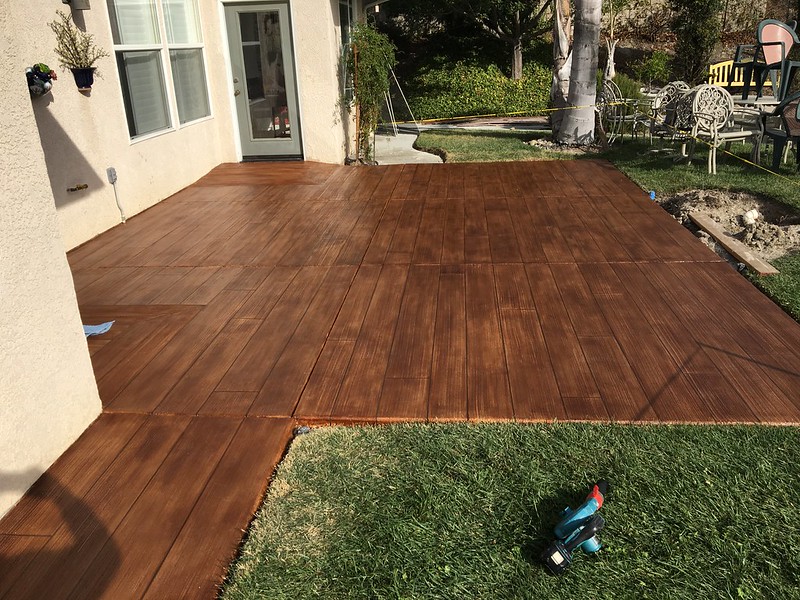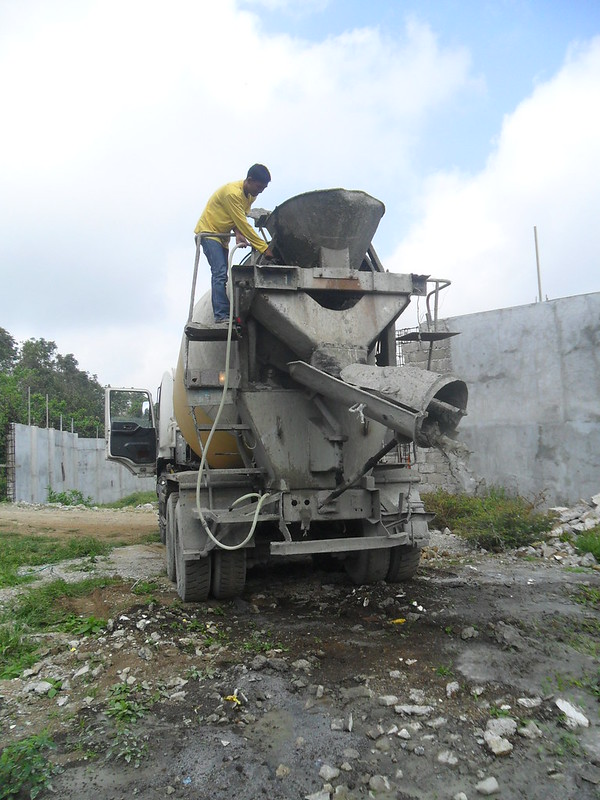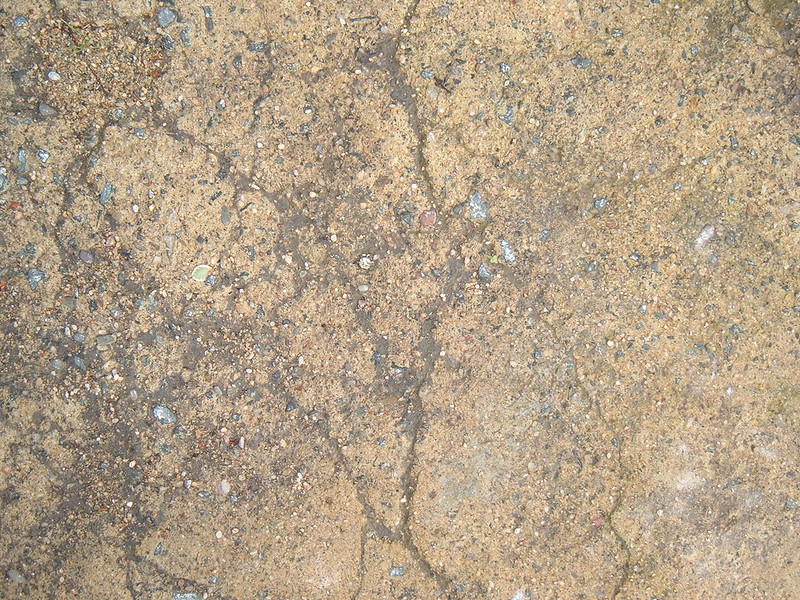A patio is an imperative element of your house. Concrete is the most famous material using in manufacturing beautiful patios for your home. A decorative concrete patio attracts homeowners and visitors. In comparison with wood decks, pavers, and stones, the concrete patio is long-lasting, durable, and requires less maintenance. Moreover, it is less expensive than other materials.
There are three major types of concrete patio:
- Stamped Concrete Patio:
The stamped concrete patio is the best decorative pavement options for your house’s outdoors. This concrete design is adopted nowadays because it provides stunning beauty, weather-resistance, and provides maximum durability. You can enhance the look of your stamped concrete patio by adding different colors, designs, shapes, patterns, and sizes that suit your background. A professional contractor can form your patio according to your need.
How to Design Stamped Concrete patio:
There are various stamped concrete patterns and colorings available which will enhance the look of your stamped concrete patio:
Coloring:
- Integral Coloring:
This color works with the material that is best for pastels and earth tones.
- Dry Shake Color Hardeners:
They intensify the concrete-color and make it provides strength to you stamped concrete.
- Surface applied Colors:
They are dyes and stains that give a natural look to your stamped texture.
Patterns:
- Ashlar Slate:
It uses a mixture of rectangular shape, and it provides the look of cut stones when it is dissolved with different colors.
- Brick:
If you want to have a traditional look to your stamped patio, the brick texture would be a perfect choice. It is available in classical red brick design and herringbone design.
- Random Stone:
These patterns give a highly natural and stony look to your patio.
- Wood Stamped Concrete:
If you love a wood deck, wood stamped concrete would give you the same look of the wood deck. It will be more durable than a wood deck.
- Stained Concrete Patio:
The stained concrete patio is the best way to make your existing or new patio look decent and versatile. You can add customs graphics, subtle color shades, and border designs in stained concrete patio. You have the option to choose water-based stains or acid-based stains according to your need. Both will give you the color permanence.
Designs of Stained Concrete patio:
You can give a beautiful touch to your stained concrete patio by saw cuts, stencils and hand traced patterns. There are various designs like:
- Hand-score vine design
- Swirled Floral Pattern.
- Acid-Stained Micro topping.
- Decorative stenciled Rug designs.
- Acid-stains, Saw cuts, and Sandblasting.
- Scored and Stained Polymer Overlay.
- Exposed Aggregate Concrete Patio:
Exposed Aggregate is a type of material used for paving is made from regular concrete with different particles to enhancement of the concrete. It strengthens your existing concrete. You can customize your patio-designs with exposed aggregate concrete using different colors and patterns.
How to design Exposed Aggregate Concrete Patio:
- You can add decorative glass, stone, or luminescent material into your regular concrete to get a shimmery effect.
- Lightening with beautifying the overall beauty of your patio, steps, and driveway.
- You can form stamped borders with exposed aggregate concrete.
- You can add integral color or tropical stains to give a stunning look to your exposed aggregate concrete.
We hope that the above information about the concrete patio and their design would be helpful for you to choose the best concrete patio.









